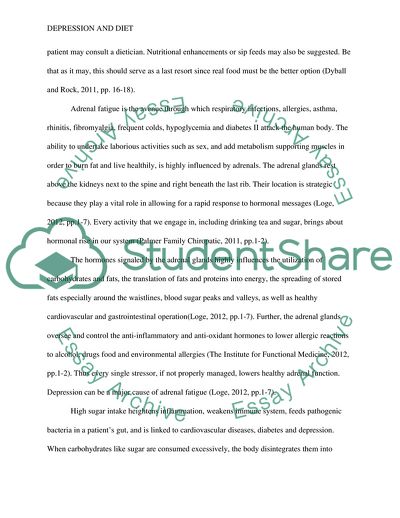Cite this document
(Depression and diet Coursework Example | Topics and Well Written Essays - 1250 words, n.d.)
Depression and diet Coursework Example | Topics and Well Written Essays - 1250 words. https://studentshare.org/health-sciences-medicine/1826630-depression-and-diet
Depression and diet Coursework Example | Topics and Well Written Essays - 1250 words. https://studentshare.org/health-sciences-medicine/1826630-depression-and-diet
(Depression and Diet Coursework Example | Topics and Well Written Essays - 1250 Words)
Depression and Diet Coursework Example | Topics and Well Written Essays - 1250 Words. https://studentshare.org/health-sciences-medicine/1826630-depression-and-diet.
Depression and Diet Coursework Example | Topics and Well Written Essays - 1250 Words. https://studentshare.org/health-sciences-medicine/1826630-depression-and-diet.
“Depression and Diet Coursework Example | Topics and Well Written Essays - 1250 Words”. https://studentshare.org/health-sciences-medicine/1826630-depression-and-diet.


